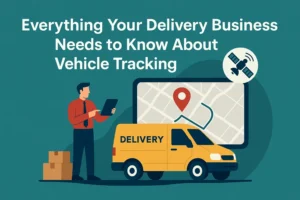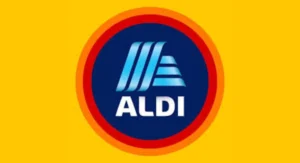Streamlining Your Invoicing Process – From Draft to Payment
By TOI Staff
February 27, 2023
Update on : March 23, 2023

Invoicing is a critical aspect of running a business. If you don’t get paid for your products or services, your business will not survive. However, invoicing can be a tedious and time-consuming process, and mistakes can be costly. Streamlining your invoicing process can save you time and money and help you get paid faster. In this blog post, we’ll discuss the best practices for streamlining your invoicing process.
Choosing the Right Invoicing Software
The first step to streamlining your invoicing process is to choose the right invoicing software. It can save you time and reduce the risk of errors.
Look for invoicing software that offers features that meet your business’s needs. Some features to consider include automatic invoicing, recurring invoices, payment reminders, an invoice calculator, and the ability to accept multiple payment methods.
It’s important to consider whether or not you can integrate your new invoicing system with other systems in place at your company. It’s also important to consider whether the software will integrate with your accounting system. This will help you save time and make sure that everything is in order when it comes time to pay your invoices.
If you’re looking for new invoicing software, take a look at these three options. The first is an online invoicing system that offers a free trial period and an affordable plan. The second is another online system that’s ideal for small businesses and freelancers. The third option is an app-based invoice generator that lets you send out professional-looking invoices in just minutes.
Sending an Invoice to the Client
Once you’ve chosen the right invoicing software, the next step is to send an invoice to the client. Here are some best practices for sending an invoice:
Personalize the Invoice
1. Personalize the invoice by adding the client’s name, business name, and address. This will show the client that you care about them and take your business seriously.
Include a Detailed Description
2. Include a detailed description of the products or services you’re invoicing for. This will make it easier for the client to understand what they’re paying for and reduce the risk of disputes.
Specify Payment Terms
3. Specify the payment terms, including the due date and the payment method. This will make it clear to the client when and how they need to pay you.
Make it Easy to Pay
4. Include a link or instructions on how the client can pay you. The easier it is for the client to pay, the faster you’ll get paid.
Tips for Streamlining the Invoice Creation Process
Now that you know how to choose the right invoicing software and send an invoice to the client, let’s discuss some tips for streamlining the invoice creation process.
Use Templates
1. Create templates of invoices for different types of invoices, such as recurring invoices or one-time invoices. This will save you time and ensure consistency across all invoices.
Automate the Invoicing Process
2. Use the invoicing software’s automatic invoicing feature to automate the invoicing process. This will save you time and reduce the risk of errors.
Schedule Payment Reminders
3. Set up payment reminders to automatically remind clients when an invoice is due. This will reduce the risk of late payments and improve your cash flow.
Accept Multiple Payment Methods
4. Offer multiple payment methods, such as credit card payments, PayPal, or bank transfers. This will make it easier for the client to pay you and reduce the risk of payment delays.
Keep Track of Invoices
5. Keep track of all your invoices using the invoicing software. This will make it easier to identify any issues or discrepancies and ensure that you’re getting paid on time.
Conclusion
To conclude, we’ve outlined some of the key factors that will help you streamline your invoice creation process. In addition to choosing the right invoicing software and sending an invoice to the client, there are other things you can do as well. For example, if your company requires employees to submit expenses or receipts after they have been paid by customers then consider using a mobile app like Expensify or Receipt Bank instead of having them email these documents back and forth with each other on their phones or tablets which could take up valuable time during business hours.
















